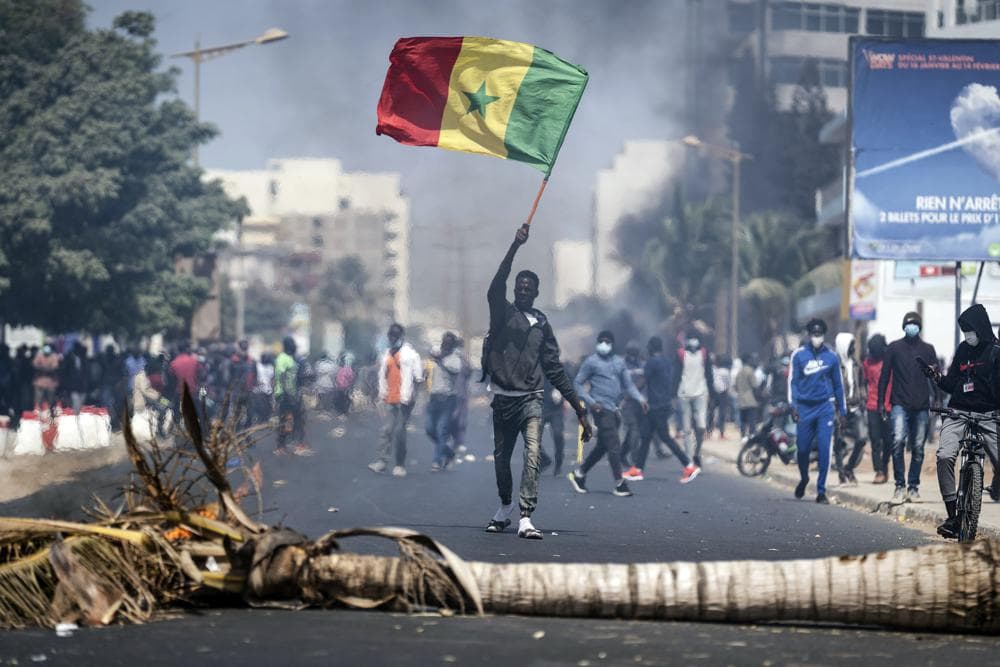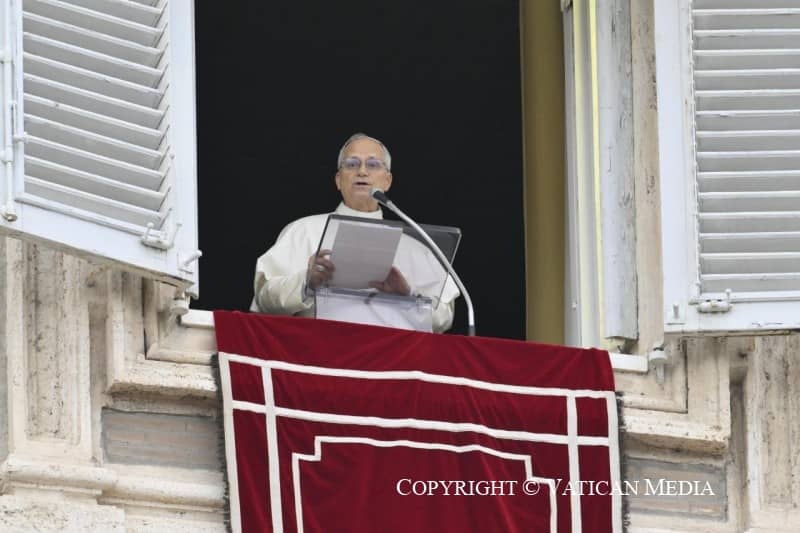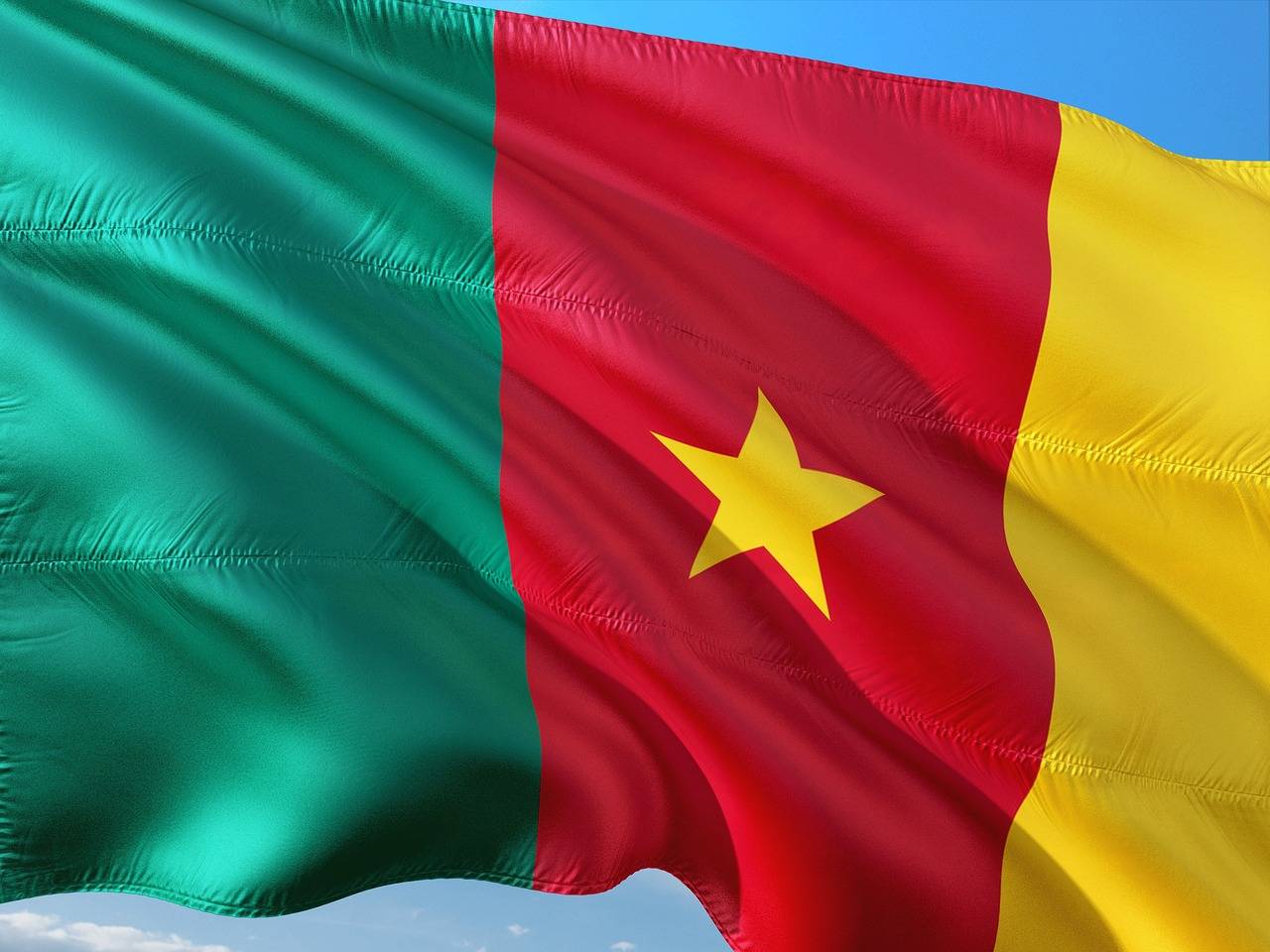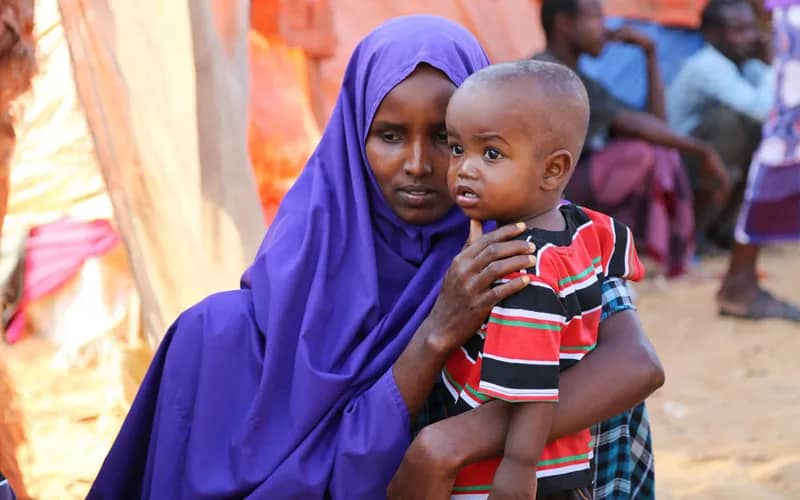YAOUNDÈ, Cameroon – While global attention is focused on the Russian invasion of Ukraine, a low-intensity conflict, less known but not less profound, is unfolding 3,500 miles away, in the West African country of Senegal.
On Sunday, March 13, authorities in Senegal announced they were launching a military operation to flush out separatists in the Casamance region, which is largely separated from the rest of the country by the small nation of The Gambia.
Senegal’s Army Chief of Staff said in a statement that the operation was intended to “destroy all armed gangs conducting criminal activities in the area” and “preserve the integrity of the national territory at all costs.”
The announcement came two months after four Senegalese soldiers were killed and seven others were taken hostage by the rebels.
In a March 14 statement, the Rome-based Sant-Egidio Community, a Catholic association that has been involved in the Casamance peace process for years, expressed “deep concern about the armed conflict that is currently taking place in northern Casamance.”
The statement makes reference to the Jan. 24 clashes between the Senegalese soldiers belonging to the West African Regional Mission ECOMIG and elements of the Movement of Democratic Forces of Casamance (MFDC), a leading rebel group, and noted that “Sant’Egidio intervened to stop the incidents and limit their consequences, succeeding in obtaining the return of the bodies of the fallen Senegalese soldiers and the release of the seven Senegalese soldiers taken prisoner by the MFDC.”
“Sant’Egidio calls for an end to the current military operations of the Senegalese army in order to safeguard the stability of the area concerned and to keep the path of dialogue open. The Community also reiterates its full availability to continue the negotiation process, convinced that only a reasonable negotiation will allow a definitive peace in Casamance,” the statement continues.
Background to the conflict
The conflict is rooted in the country’s history. The peoples of the region have a history of resisting external domination, standing up to Portuguese, British and French colonial powers.
In the build-up to Senegal’s independence, the people of the Casamance region – located over 300 miles from the capital Dakar – felt they were different from the rest of Senegal and wanted some level of autonomy. Those sentiments grew stronger in the post-independence period.
The Diolas – the majority ethnic group in the Casamance – felt they were poorly represented in the public administration. They accused the government of expropriation of land, inequitable treatment, and other acts of marginalization.
These pent-up frustrations reached a turning point in 1982 when the people took to the streets in the town of Ziguinchor in a peaceful protest to demand independence for the region. They pulled down the Senegalese flag and hoisted the white flag of the Casamance.
The government took a hard-line response to the protests, arresting and imprisoning the leadership of the MFDC. In 1990, the Atika, an armed group of Diola fighters, began attacking government soldiers and killing civilians suspected of collaborating with the government.
This means the Casamance has been involved in a low-intensity war with the country’s central government for nearly 40 years, leading to the deaths of between 3,000 and 5,000 people, and the displacement of tens of thousands of others.
Efforts at peace
The first ceasefire agreements were concluded in 1991 and 1993, but they failed to restore peace because the government ruled out the idea of independence for the Casamance region.
The military stepped up attacks in 1995 after four French tourists were abducted. Another ceasefire was signed in 1999, followed by a peace treaty in 2001, but these didn’t last.
The Community of Sant’Egidio has since 2012 positioned itself as the broker of peace between the government of Senegal and the Casamance region. The Catholic association has made several attempts to resolve the conflict, with middling results.
For instance, government representatives and those of the MFDC met at the Community of Sant’Egidio from February 28-29, 2021.
The parties reaffirmed the political will of Senegalese President Macky Sall and Salif Sadio, the head of the MFDC, to negotiate a solution.
In a joint statement, leaders declared “the need to resume regular negotiations through the mediation of Sant’Egidio to give new impetus to the peace process in Casamance.”
However, the recent violence has left the peace process in tatters.














